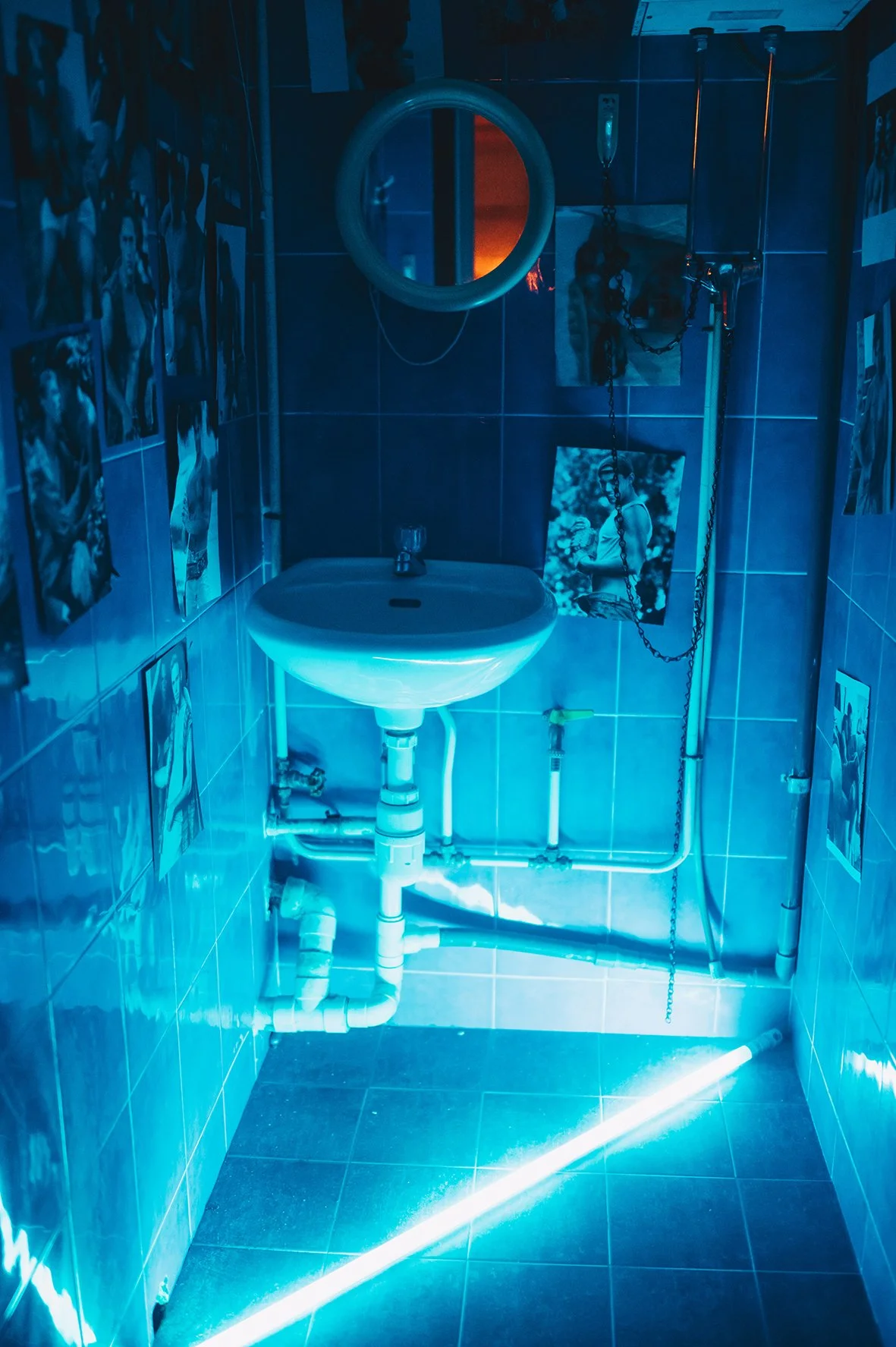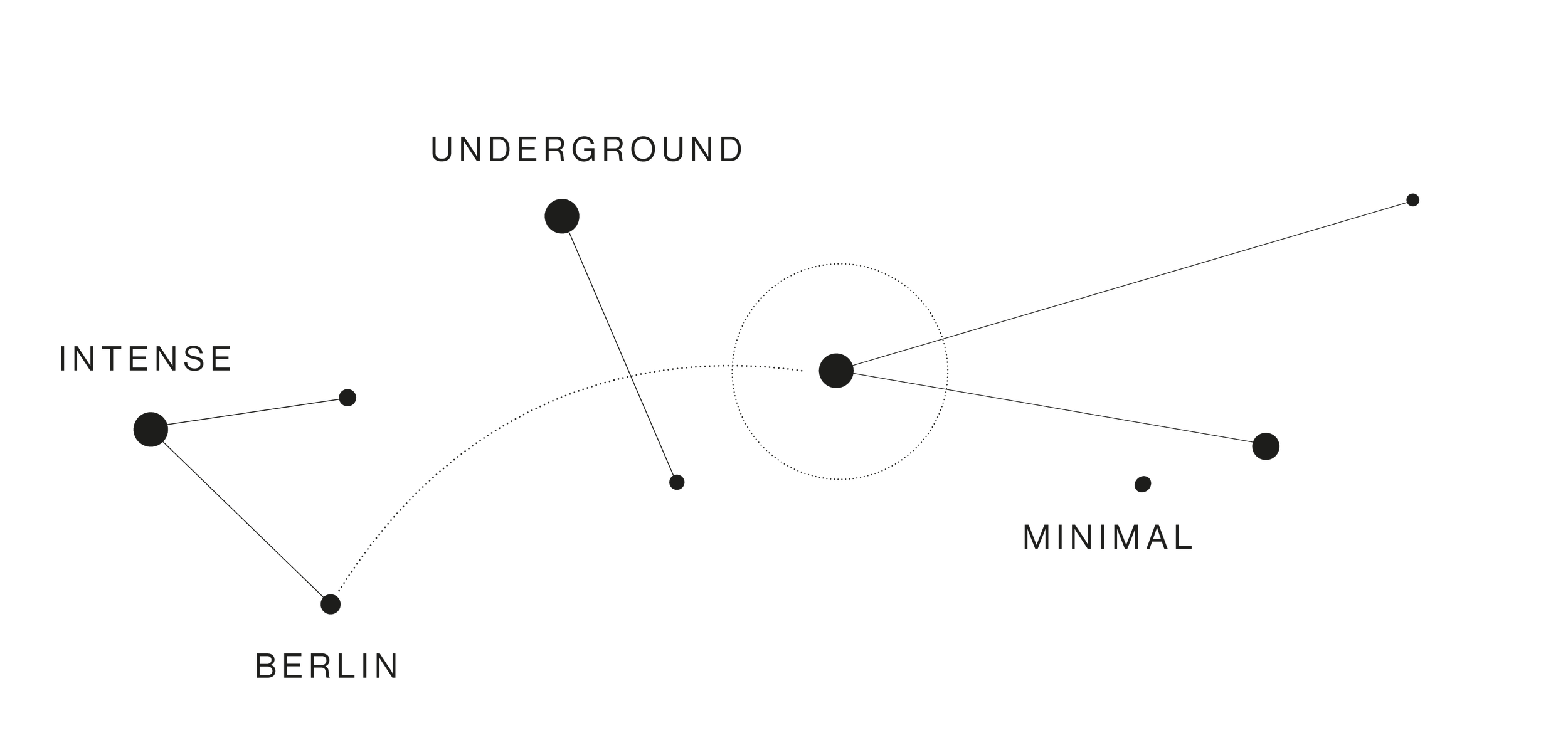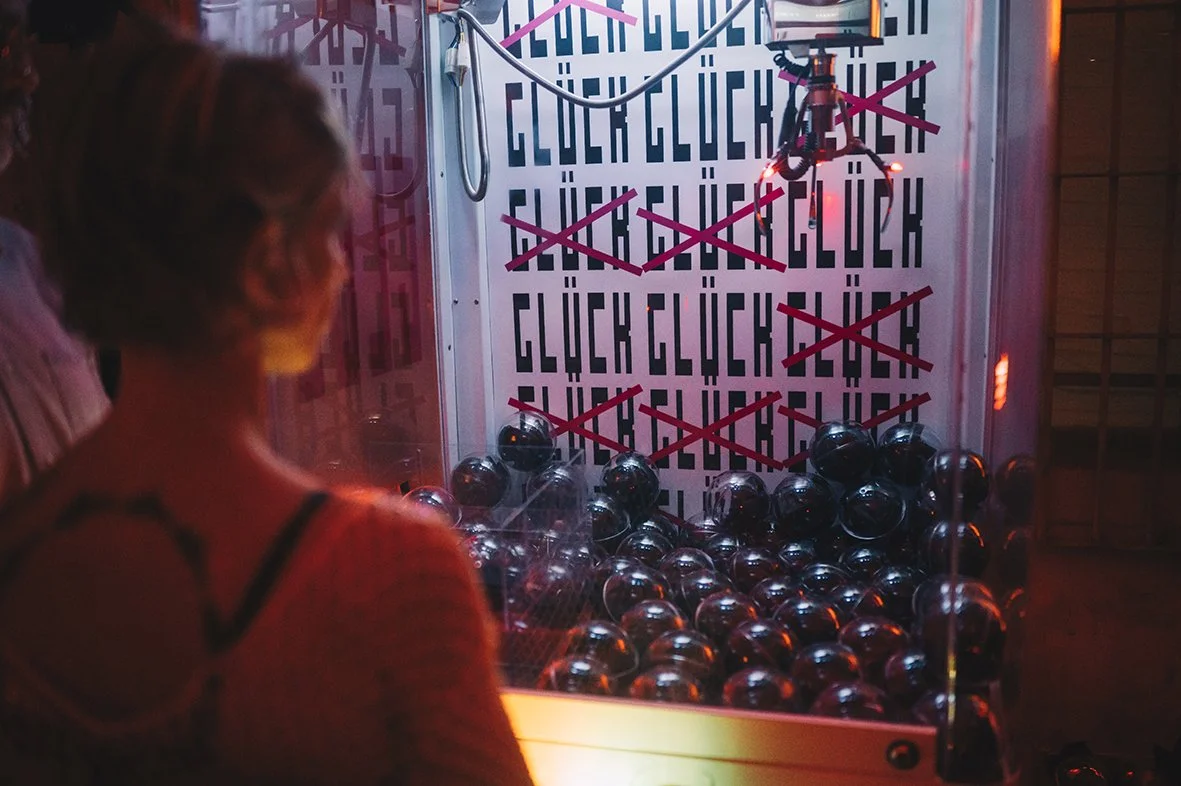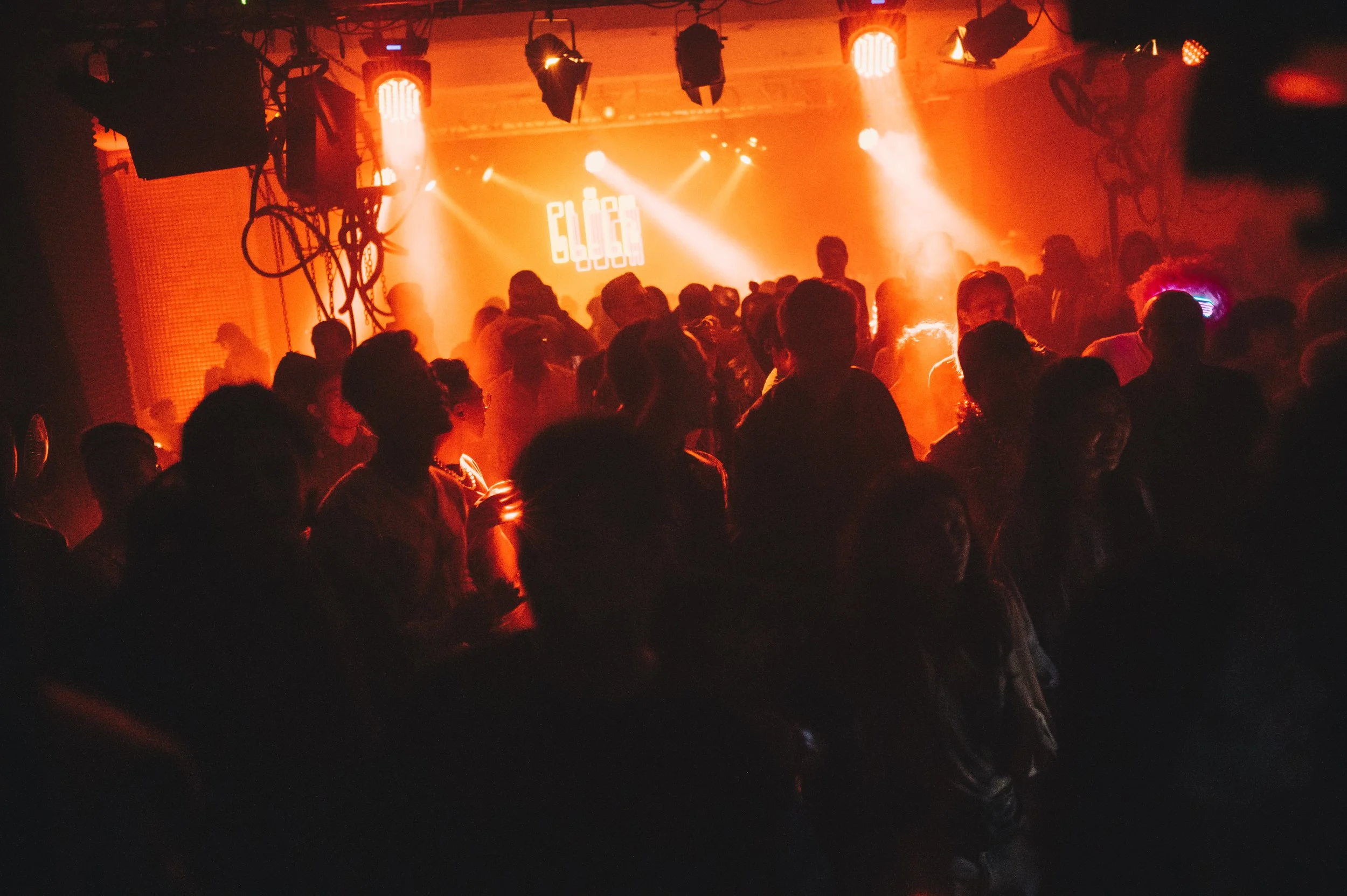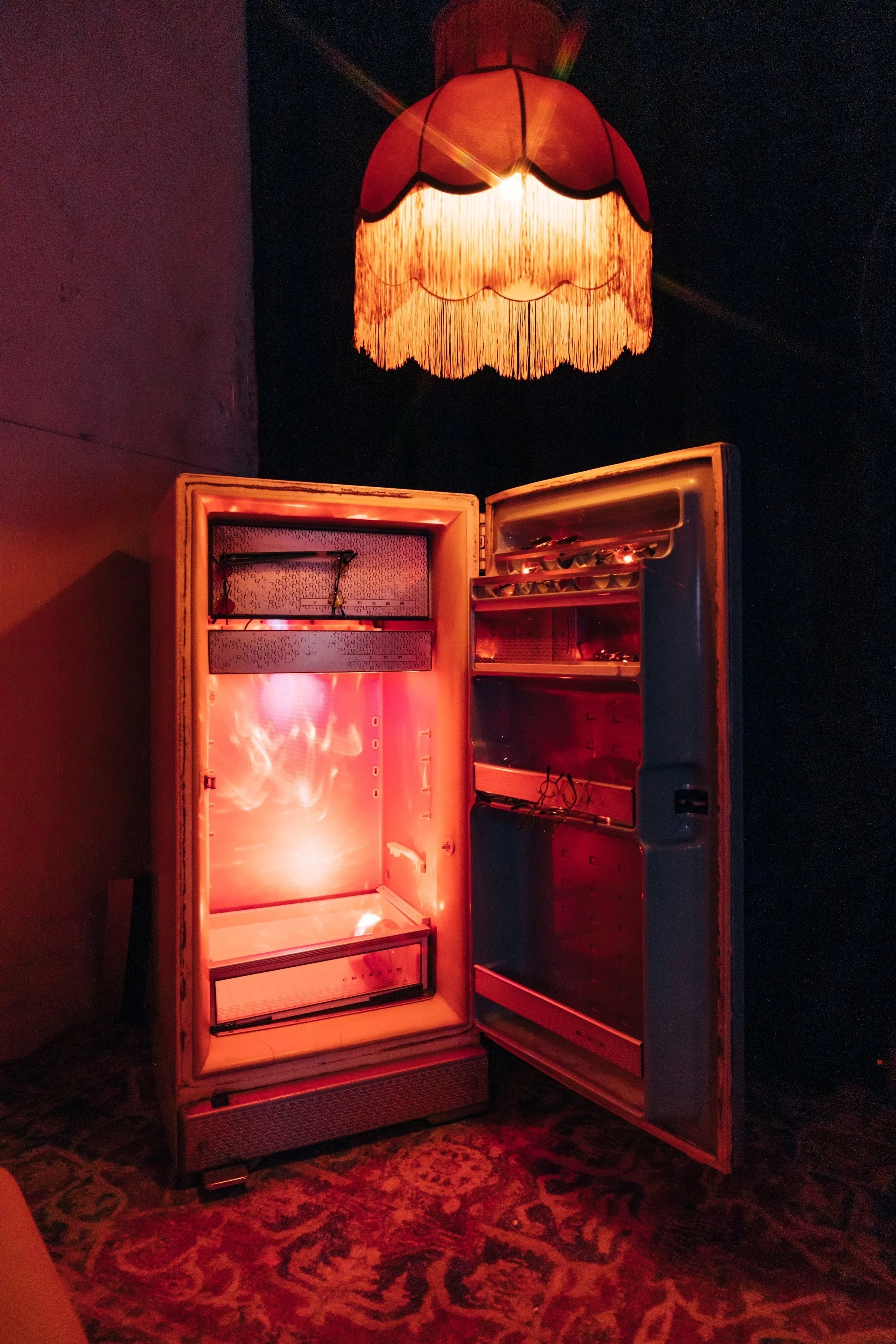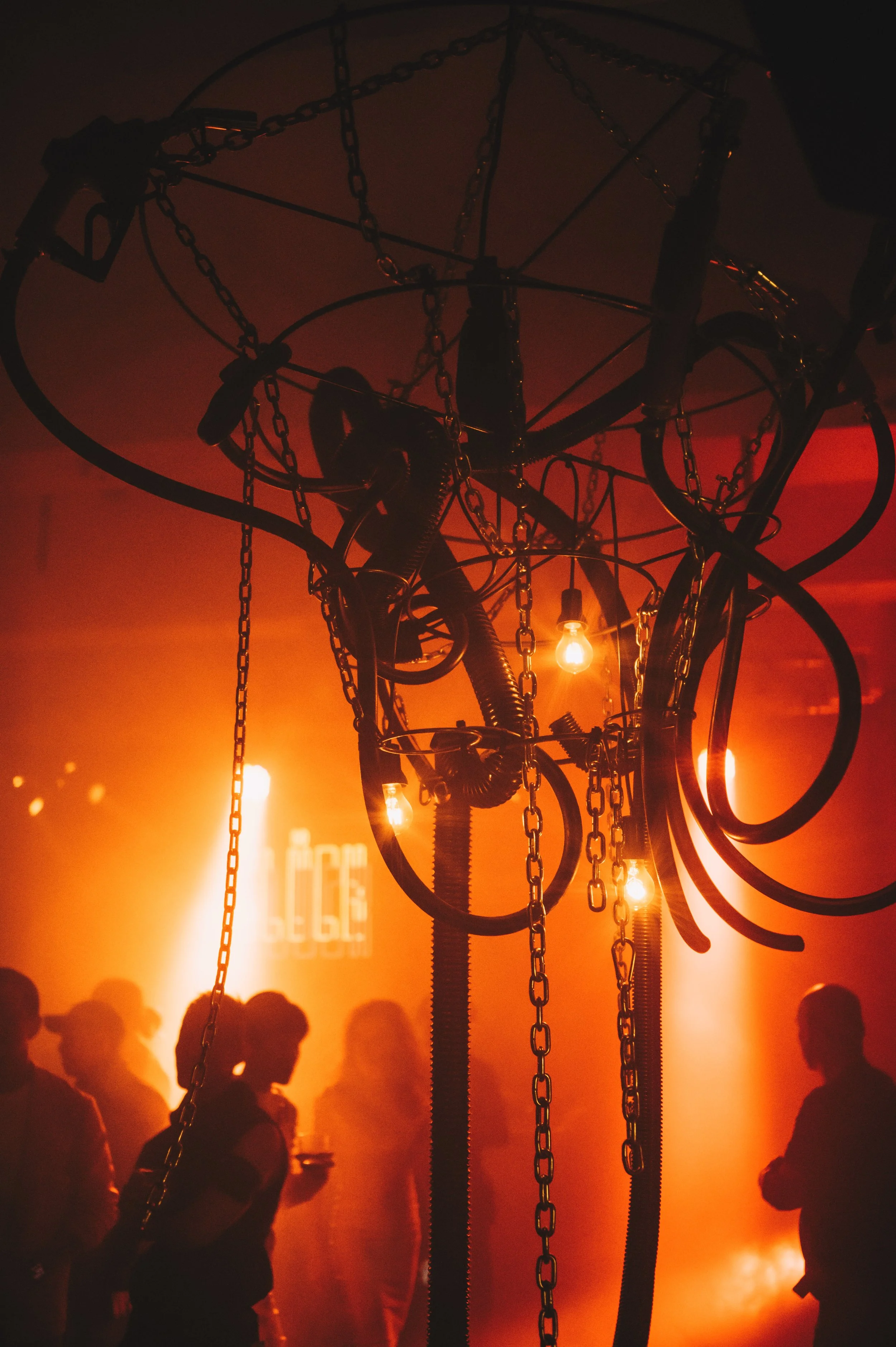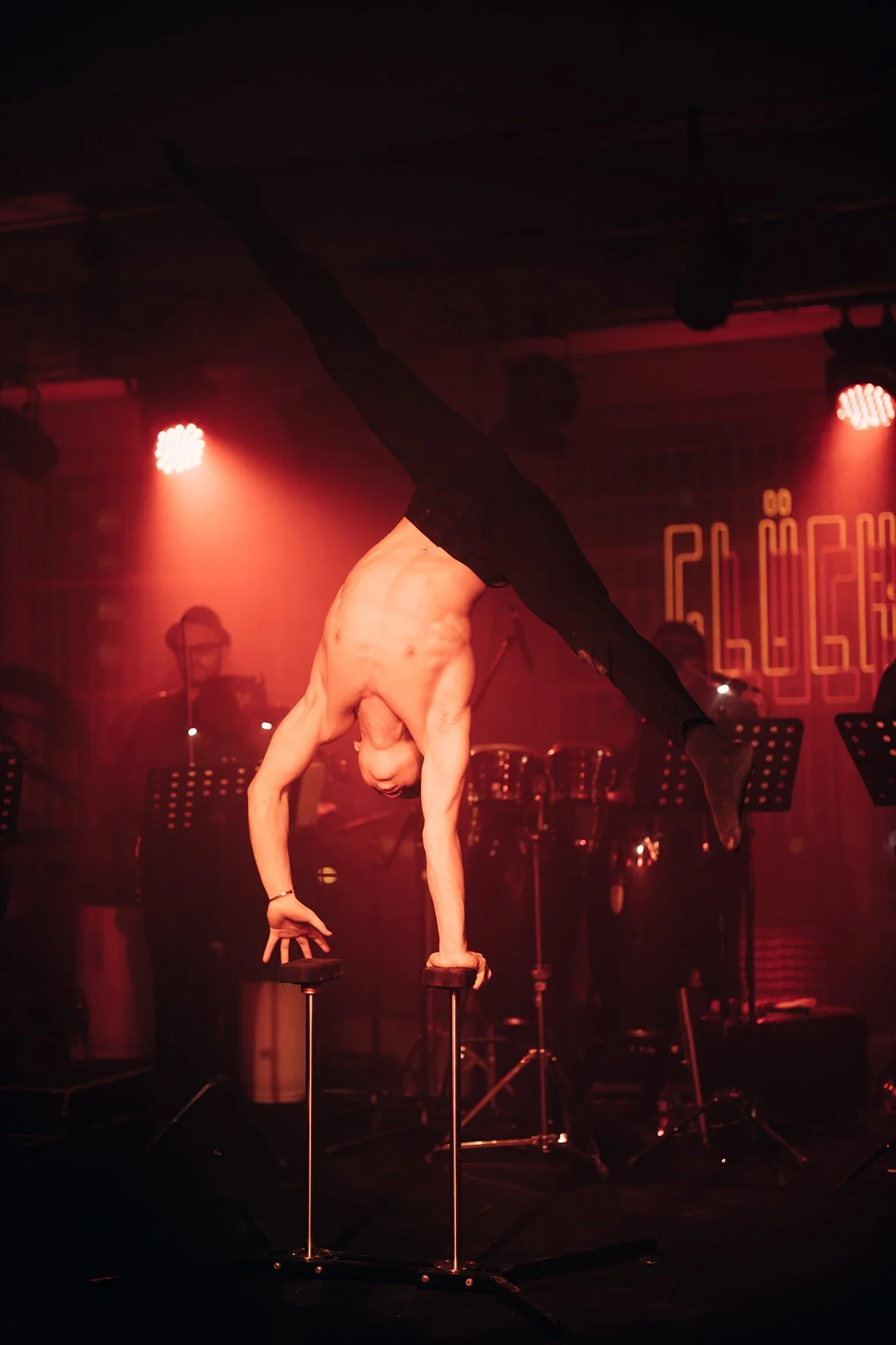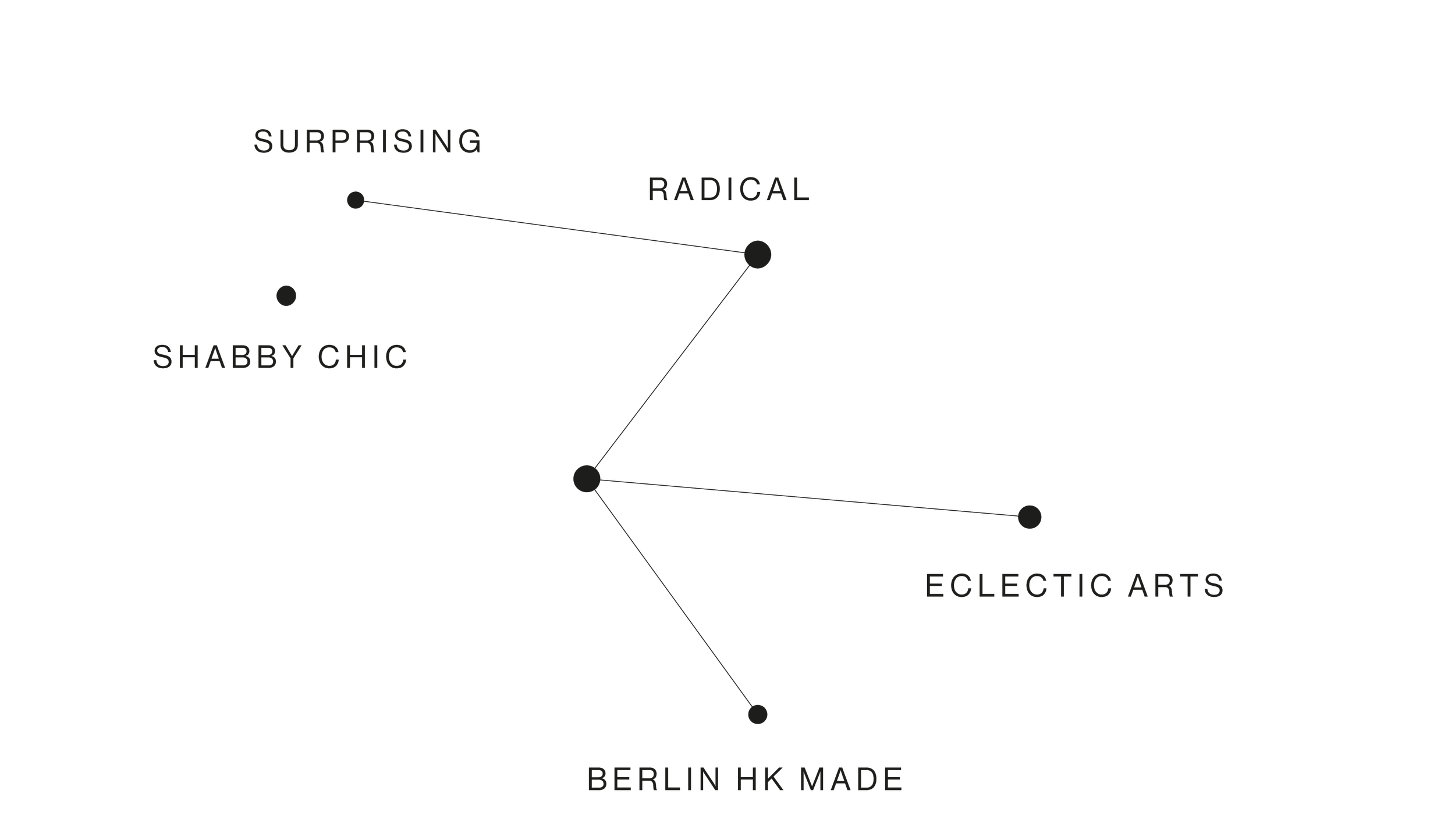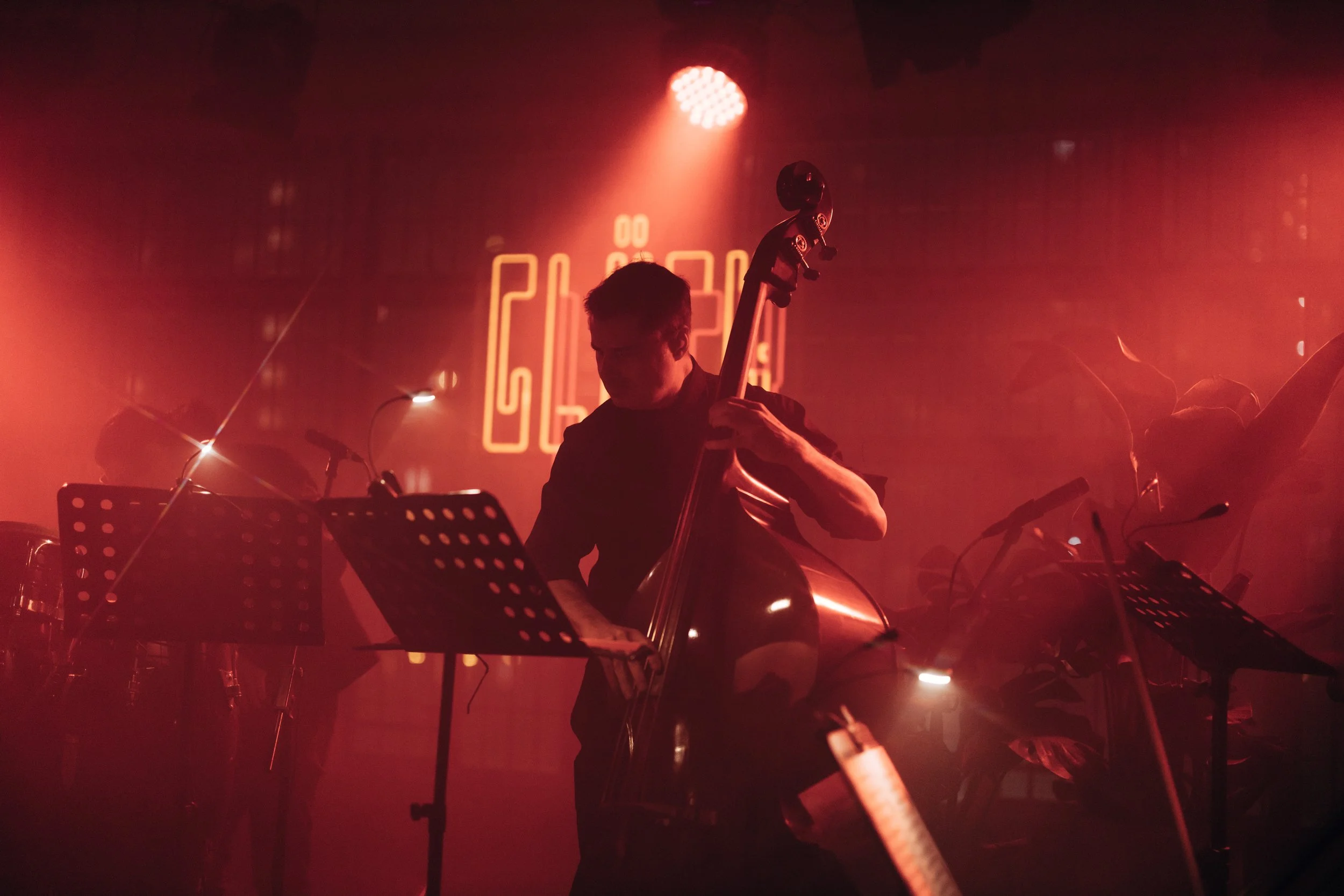
GLÜCK VOL I & II
An ephemeral platform celebrating the underground culture.
GLÜCK was brought to life for those who try their luck.
Raw, edgy and limitless - the underground exists within all of us.
Making transformational potential accessible and celebrated.
Bringing culture, arts, and the environment into one space.
Lose yourself in the expression of inner feelings.
About
Infos
Chai Wan, Hong Kong
November 2021
Role
Concept Creator | Creative Director | Experience Producer | IP Creator
Services
Story Creation | Concept Development | Content integration | Music Curation | Entertainment & F&B Direction | Immersive Theatric Development
Collaborators
Nadet (DJ), Youry (DJ), Mr. Ho (DJ), Harry Shan (DJ), Yong Ying (DJ), Samuel Ferrer (Coordinator), Mahlysh Zhanna (Pole Dancer), Rhyn (Pole Dancer), Yonex (Contortionist), Ping (Contortionist), Flow Laiyee (Performer), Julien Gragnano (Visual Artist), Pan Daijing (Artist & Composer), Nerve (DJ), Ditto (DJ), Arthur Bray (DJ).
The Objective
Produced originally for a private event, Glück took a different direction to become an underground experience.
To become a lead supporter of the underground culture in Asia and to enable its transformational potential to be accessed in Asia with a yearly ephemeral event.
UNDERGROUND
•
SLEEK
•
ECLECTIC
•
RAW
•
ARTISTIC
•
MINERAL
•
UNDERGROUND • SLEEK • ECLECTIC • RAW • ARTISTIC • MINERAL •
The Inspiration
A mecca for ravers, Berlin has a reputation for having the best underground scene in Europe, where club culture and electronic music are a way of life. With oppression embedded in the city’s history, clubs became an important space for self-expression and unity. Here, hedonism is not just an act of consuming pleasure, it is a revolt against societal norms. This can be felt in the attitude of the staff and bouncers, who expect clients to adhere to the house rules.
The Creation
Glück (the German word for Luck) gathered local and international talents from multiple mediums to generate a unique collision of classical musicians, electronic DJs and acrobatic performers. Taking place in a secret industrial unit, the bare concrete walls and barred windows echoed the urban hideouts of Berlin. Guests were invited via video invitation, which gave them a taste of what was to come. Upon their arrival, guests were greeted by performers recalling characters from a Berlin club. The bouncer, Hektor, had an intimidating attitude, making guests wait at Der Korridor to induce a sense of anxiety. Other personas included Vicky, the door girl; Felix, the latrine host; Azad, the lift boy; Achlys, the techno girl; and Otto, the fake D*** dealer. They acted as guides for the night, informing guests of house rules and the token system for games, massages, and acquiring fake drugs at the party.
The Karpet Bar, inspired by the open-air club Sysyphos, was adorned with oversized lamps, Persian carpets, and vintage furnishings. Here, a mixologist from The Pontiac served specially concocted drinks throughout the night. Die Massage Room was an ambient space where guests could enjoy 15 minutes massages. The D*** Dealer Den was an out-of-service bathroom decorated with pages from soft porn magazines. Guests would sneak in to exchange their tokens with the fake dealer for legal thrills. The main dancefloor, Die Disko, served up a selection of Hong Kong staples from the underground scene, which held a steady rhythm of 140 BPM throughout the night.
The apex of the event was the live performance created in collaboration with Samuel Ferrer from The Hong Kong Philarmonic. A unique sonic symphony was created between classical instruments and electronic sounds. Reverberating the audio composition was an acrobatic performance by contortionists and a crystal ball dancer. Later in the night, male and female pole dancers displayed a gravity-defying performance.
The second edition of Glück was designed around the performance of Pan Daijing, an artist and composer based in Berlin. This edition retained the same motifs but strove for a more minimal approach with a focus on experimental music.
There were seven meticulously designed areas with an overarching glow of neon lights and the use of repurposed materials. The Kino Shafa was the centre stage for live performers and then transformed as the evening progressed into a relaxing area with specially commissioned visual projections.




